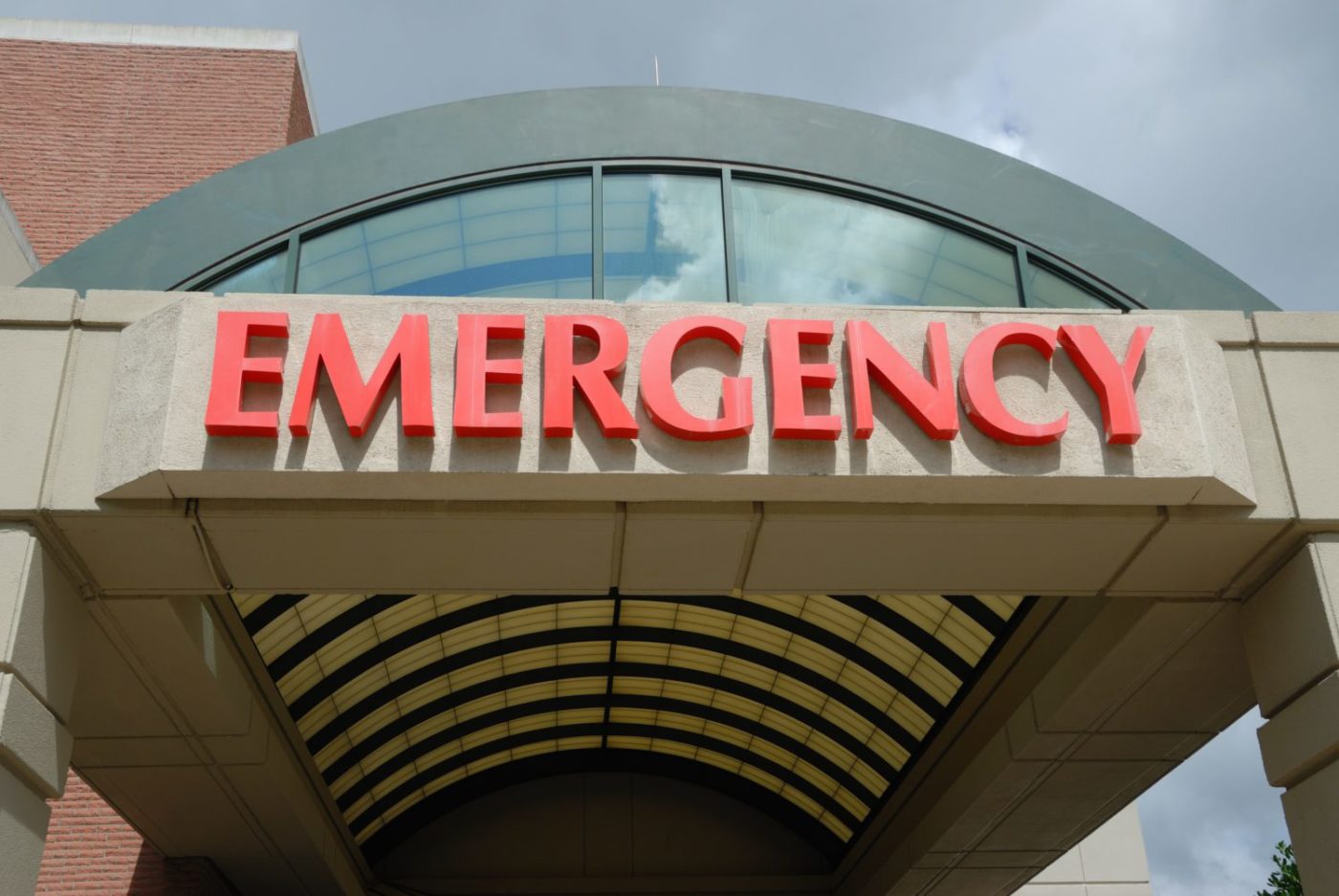What if it was cheaper to provide citizens with permanent housing rather than treat them over and over again at costly emergency room visits?
The University of Illinois Hospital (UIH) in Chicago has found that by providing permanent housing solutions, they are able to improve lives and reduce health care costs.
Across the United States, as many as 1.5 million citizens spend at least one night in an emergency shelter or transitional housing unit each year and over 500,000 are categorized as homeless.
Homeless individuals and families receive medical care at emergency rooms and in hospitals at a significantly higher rate than the rest of the population. Because of the harsh conditions of life on the street, homeless people frequently experience extremely serious medical conditions and require longer periods of hospitalization when compared to citizens with places to stay.
As community health care costs skyrocket, public health officials and medical professionals are beginning to consider new options for treating the homeless citizens living in their cities.
Better Health Through Housing
Better Health Through Housing is a program creating real change for the homeless community in Chicago. Some consider the plan controversial, but for many it is the logical evolution of healthcare.
Created through a partnership with the Center for Housing and Health, UIH joins a handful of other medical providers around the country who have begun to view chronic homelessness as a medical condition.
Speaking with Jeremy Hobson on his program Here and Now, Stephen Brown, Director of Preventative Emergency Medicine at UIH is enthusiastic about the transformative change the new program is bringing about in his community:
“So if someone is living unsheltered under a bridge, and they have no other options because they might have been kicked out of crisis shelters, they’re going to come to our emergency department and seek care,” he said. “So we’ve now got some pretty compelling data that the solution may be cheaper than the problem.”
Brown has found that while many homeless citizens come to the hospital to seek shelter from the elements, many more end up in emergency rooms because of legitimate health concerns.
Offering Permanent Housing Solutions
Offering these individuals access to stable housing is proactive. This is in sharp contrast to traditional means of treating the homeless population, which has been reactive. Permanent housing allows people to achieve a much better quality of life, take up stable employment and break free from the cycle of marginalization, which leads so many homeless people to live on the fringes of society.
“Being homeless is hard on the body … and if you have a chronic medical condition, it’s only going to exacerbate it,” Brown said. “We also found some individuals that were just coming for what we call ‘secondary gain,’ and their health care costs plummeted because they had no reason to seek out shelter in emergency departments any longer.”
What Brown calls “secondary gain” is the work formerly homeless people are doing to take control of their lives. Hospitals offer a wide variety of programs which teach communities how to be better parents, how to reduce drug and alcohol use, how to improve health and cope with mental illness.
When individuals and families who were formerly homeless are able to stabilize themselves in permanent housing, they then have the foundation needed to make lasting changes in their lives.
Could the Housing First Model End Homelessness?
The social policy at the core of the UIH’s Better Health Through Housing Program is called Housing First.
Originally developed in Los Angeles in 1988 by Tanya Tull of Beyond Shelter, the Housing First model seeks to place homeless individuals and families into housing immediately and without forcing them to jump through a myriad of hoops.
Housing First Programs are guided by the following criteria:
- Move people into housing directly from streets and shelters without preconditions of treatment acceptance or compliance
- The provider is obligated to bring robust support services to the housing. These services are predicated on assertive engagement, not coercion
- Continued tenancy is not dependent on participation in services
- Units targeted to most disabled and vulnerable homeless members of the community
- Embraces harm-reduction approach to addictions rather than mandating abstinence. At the same time, the provider must be prepared to support resident commitment to recovery
- Residents must have leases and tenant protections under the law
- Can be implemented as either a project-based or scattered site model
Advocates of the Housing First model contend that by immediately placing homeless citizens in stable housing and offering them access to already existing programs, communities are able to benefit in clear and measurable ways.
Instead of contributing to mounting healthcare costs, formerly homeless individuals and families can rejoin society and begin contributing in a positive way.
Because they are able to stabilize their lives, they are not as likely to experience catastrophic medical conditions or seek out emergency medical care.
This leads to a tremendous reduction in costs associated with community health care programs.
Building Stronger and Healthier Communities
Hospitals are just one of the community organizations impacted as a result of having to treat the homeless population.
Emergency medical services, the criminal justice system, police, fire departments, and mental healthcare providers all find a great deal of their efforts directed to reacting to issues caused by the intersectionality of homelessness in the United States.
As communities struggle to address homelessness, programs such as Better Health Through Housing shine a bright light in areas many have purposefully chosen to turn away from.
The reality is that homelessness places an incredible burden on the resources communities have at their disposal.
Instead of continuing to react to the effects and associated costs of homelessness, perhaps it is time to begin addressing the root causes.
We can build stronger and healthier communities by ensuring that all of our citizens have access to the safety and security of housing.













